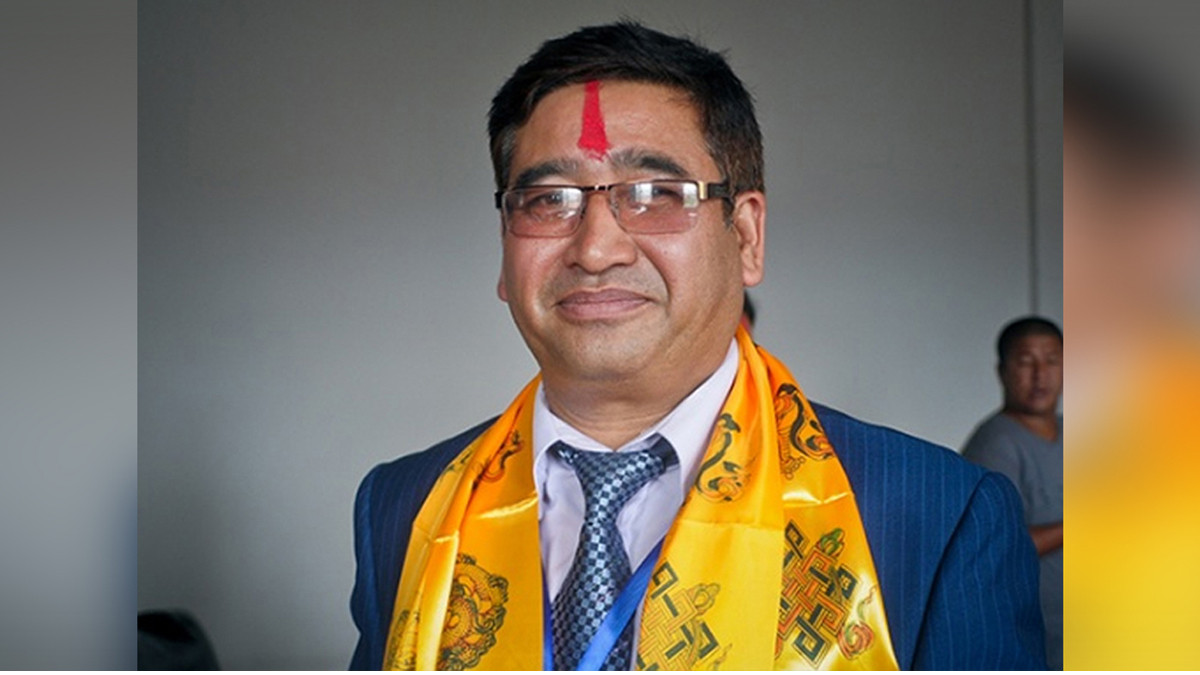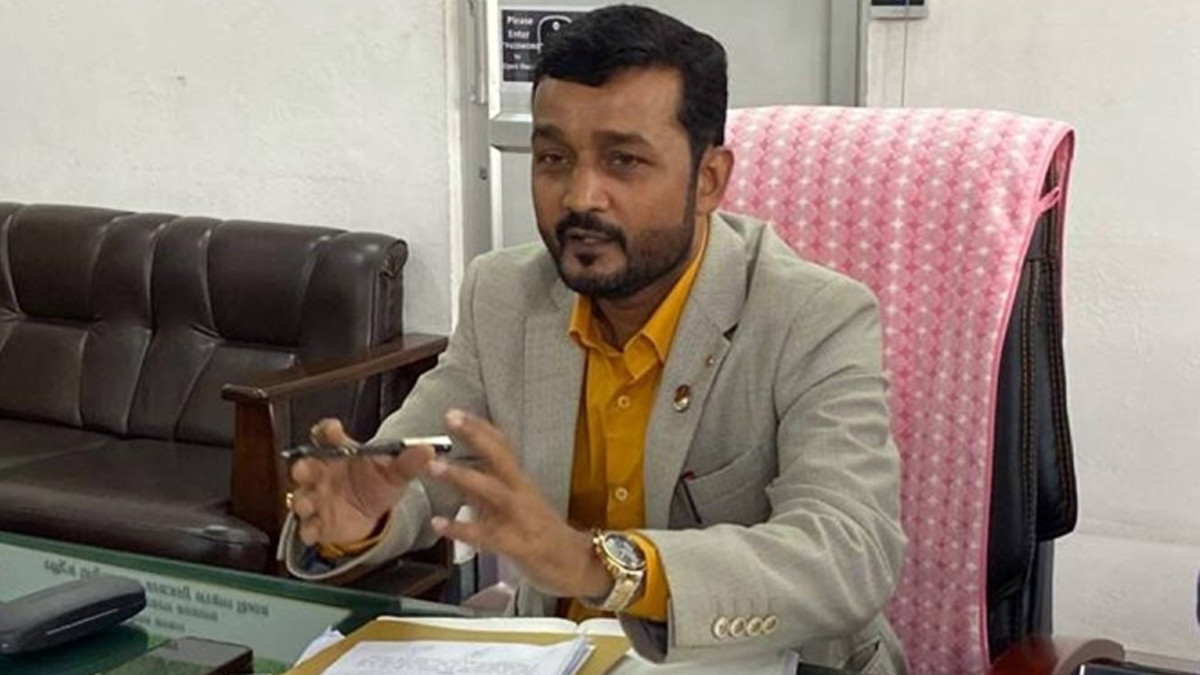
Approximately 23 years after the inauguration of Melamchi Drinking Water Project, authorities were able to quench the thirst of Kathmandu residents on March end 2021 for the first time. Age old desire for the millions of people living in Kathmandu valley for clean drinking water had finally come true after the Melamchi started supplying over 170 million liters of water per day.
But, the ill-fated project was soon struck by devastating flood in the Melamchi River on June 15. The flash flood eroded millions of tons of pebbles and sand, wreaking havoc on the low-lying Melamchi Bazaar. Moreover, it piled scores of meter high pebbles and debris at the head works of the tunnel which stretched at around 250 square meter area. Luckily the tunnel was saved after authorities a day earlier had closed the gates of the tunnel in a bid to stop muddy water flow inside the tunnel.
The flood was so intense that it swept away two bridges and roads that led to the headworks. This made the cleaning of headworks impossible for the authorities in a swift manner. In line with this, Melamchi Water Supply Development Board has made preparations to utilise the Melamchi tunnel by channeling water of the Melamchi River through alternative methods.
The MWSDB is working to channel the water of Melamchi River through Gate no 1 that leads to Ambathan audit channel. However, after closing the gate no 9 of the Ambathan audit tunnel the water could be diverted inside the main tunnel that leads water into the Sundarijal outlet.
Authorities are currently inspecting the overall condition of the tunnel and will soon divert the river inside the tunnel after thoroughly cleaning the 26-kilometer-long tunnel. MWSDB said that they will by the end of June end be able to resupply the water inside Kathmandu valley once again.
However, without proper headworks that filters water before diverting inside the tunnel, there are higher risks involved in the safety of tunnels.
Officials however also said that the current process is only temporary as they will continue to clear the debris in the headworks. After clearing the debris the authorities can only say if they will be able to use them or have to construct the newer one. The headworks is covered by at least 20 meter tall debris that are getting stronger each passing day.









